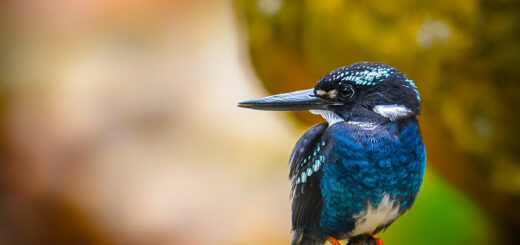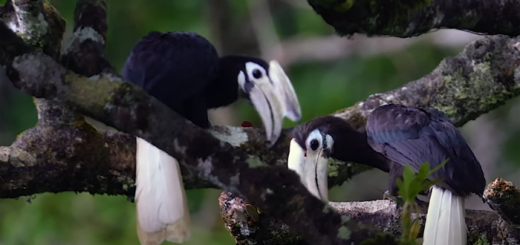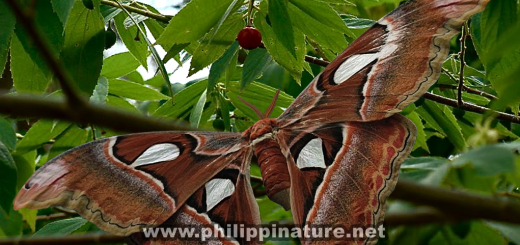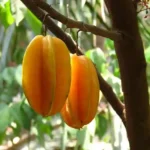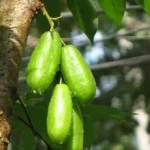Makahiya Plant
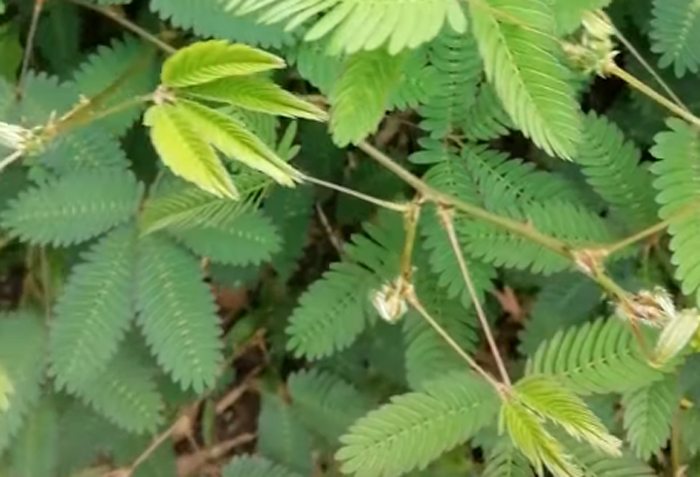
Locally known makahiya plant in the Philippines, is a creeping flowering plant that react when touched, blowing or shaken. It is also called shameplant, sensitive plant, humble plant, sleepy plant or touch-me-not. “Makahiya” is derived from the Filipino word for “shame” or “shyness”.
Makahiya plant or Mimosa pudica is a species native to the Caribbean and South and Central America, but is now a pantropical weed, and can now be found in the Southern United States, South Asia, East Asia, Micronesia, Australia, South Africa, and West Africa as well. It is often grown for its curiosity value, but also regarded as invasive in some places. It is not shade-tolerant and is primarily found on soils with low nutrient concentrations.
Why do makahiya leaves close when touched?
The movement of plants caused by touch stimulus is known as Thigmotropism. In this mechanosensory response, water within the cells and other cell contents apply a certain amount of force against the cell walls of the plant; this is called turgor pressure.
It is due to turgor pressure that the leaves of this plant stay upright unless disturbed externally. Now, when you touch or shake the leaves (known as seismonastic movements), the swollen base of the leaf stalk (called the ‘pulvinus’), which contains certain contractile proteins, is activated.
The mechanism that makes makahiya leaves to close.
When disturbed externally, certain regions of the plant trigger a release of various chemicals, including potassium ions, within the body of the plant. These chemicals make water and electrolytes flow/diffuse out of the cell, resulting in a loss of cell pressure. This causes the cell to collapse, which squeezes the leaves shut. Stimuli, in the form of touch, is sometimes transmitted to neighboring leaves as well.
There is no conclusive proof as to why touch-me-not plants evolved this trait, but researchers believe that it may act as a defense mechanism of sorts for them. Consider this; if you were a tiny little herbivorous insect looking for a nice supper from a plant, would you take the risk and go near a plant whose leaves twist, turn, fold and droop when you touch it, or would you rather go to a passive, peaceful meal?
Furthermore, it’s also believed that such rapid movements help the plant dislodge insects that may pose a danger to certain parts of the plant.
As enthralling as it may seem at first, makahiya leaves have to work extra hard to make their food after you touch, shake or otherwise disturb them in any way. Therefore, as the sensible and noble human being that you are, try not to have fun at its ‘energy expense’ the next time you stumble upon a makahiya plant.
It might be a fascinating process to watch, but just because you can doesn’t mean you should!
Scientific Name: Mimosa pudica
Family: Fabaceae
References:
https://en.wikipedia.org/wiki/Mimosa_pudica
Why Do Touch-Me-Not (Mimosa Pudica) Leaves Close When Touched?

